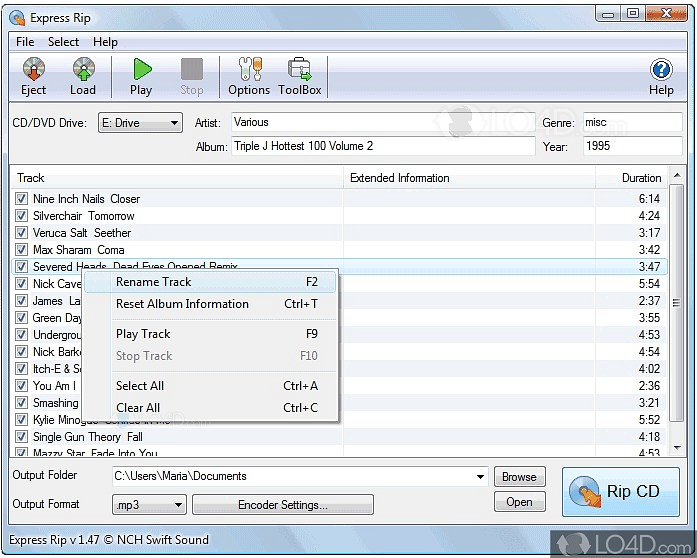

What I found was that for most music the compressed formats were not bad but the 1% of it, that means short passages of all kinds of music (From Bjork to Clapton to classical to jaz) I hear can pretty noticeable "crunches" there AAC and MP3 failed badly. To hear it you need both (1) Very good (expenive) equipment and (2) an educated listenier.īoth really are needed. But manu people can't hear the difference between 256K ACC and lossless. Even if you're archiving, if you don't listen at home I'd say archive it to FLAC but transcode the lot to AAC or MP3 before use. Unless you're listening seriously more at home than portably I don't really see the point of going Lossless.

If you want the added reassurance of the best Lossy quality for frequent casual at-home use and intend to stick with the iPod, then I'd go 320K AAC. I doubt it's a problem nowadays but I still stick to 256K CBR MP3 for all of my portable music - which is a good hedge of quality vs space and of course the almost guaranteed compatibility whatever I get. I only avoid VBR because of past history of bad VBR support on iPods (in both MP3/AAC) and also on some other players.
:max_bytes(150000):strip_icc()/WMP_CD_rip_1-5806fc745f9b5805c2f50872.jpg)
The limitation on iTunes VBR settings would presumably be for reliability reasons, and not because '320K is the highest'. This means that a file which is audibly identical to 256K CBR can be in some cases considerably smaller when using 256K VBR. VBR lowers your bitrate when the music doesn't need to use the full set bitrate - the number you set is the baseline highest bitrate. But the feeling of wanting to convince yourself that you're better different while doing nothing genuinely better can be quite powerful - as you can see by the sheer number of deluded Apple users for a start, but that's another kerosene-fuelled thread for another day Most people wouldn't, especially when you're using the iPod in it's normal environment - portable use.


 0 kommentar(er)
0 kommentar(er)
